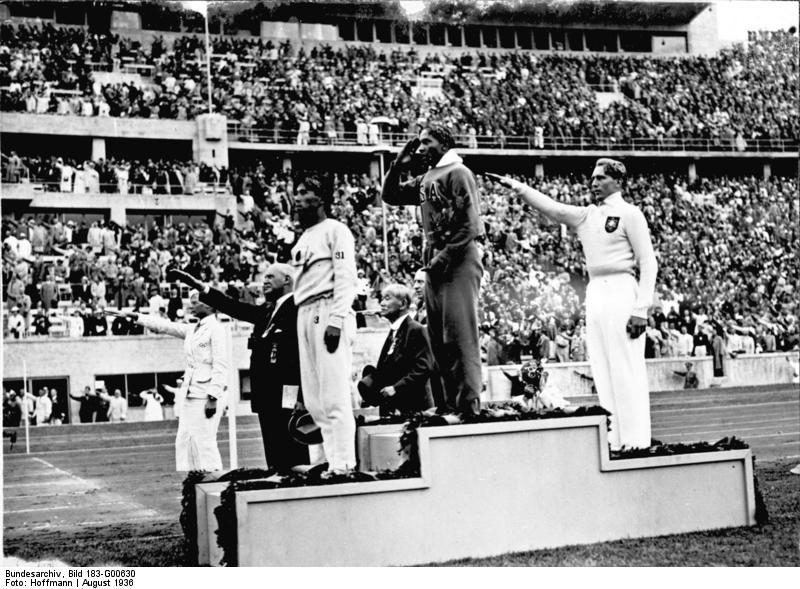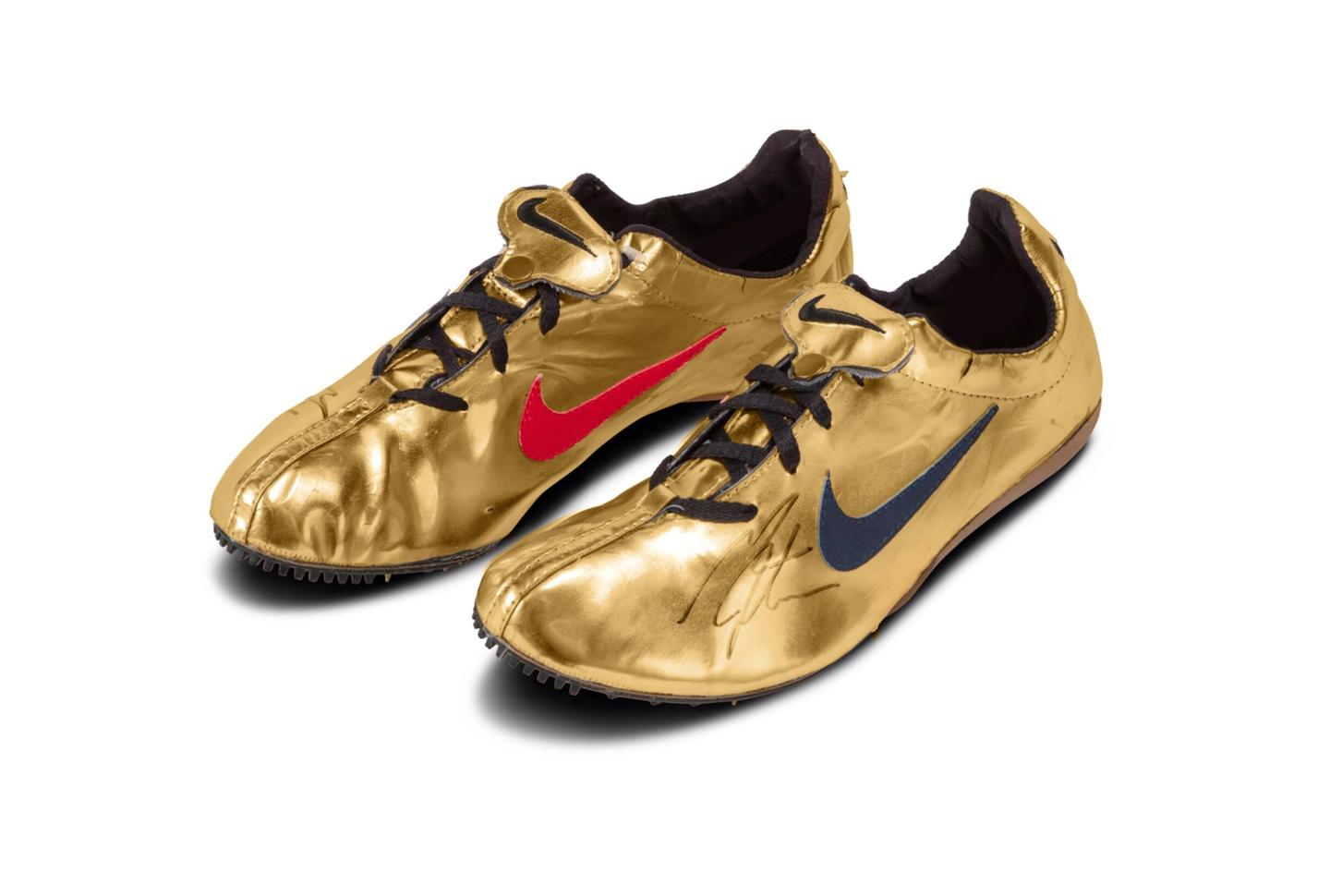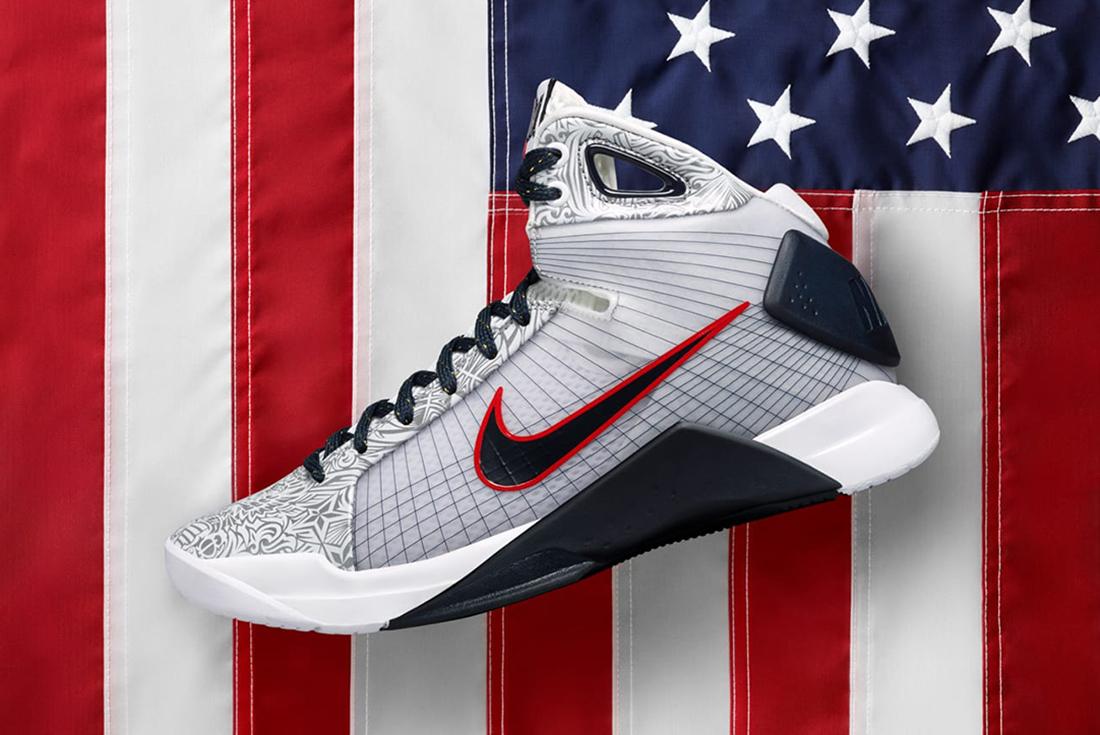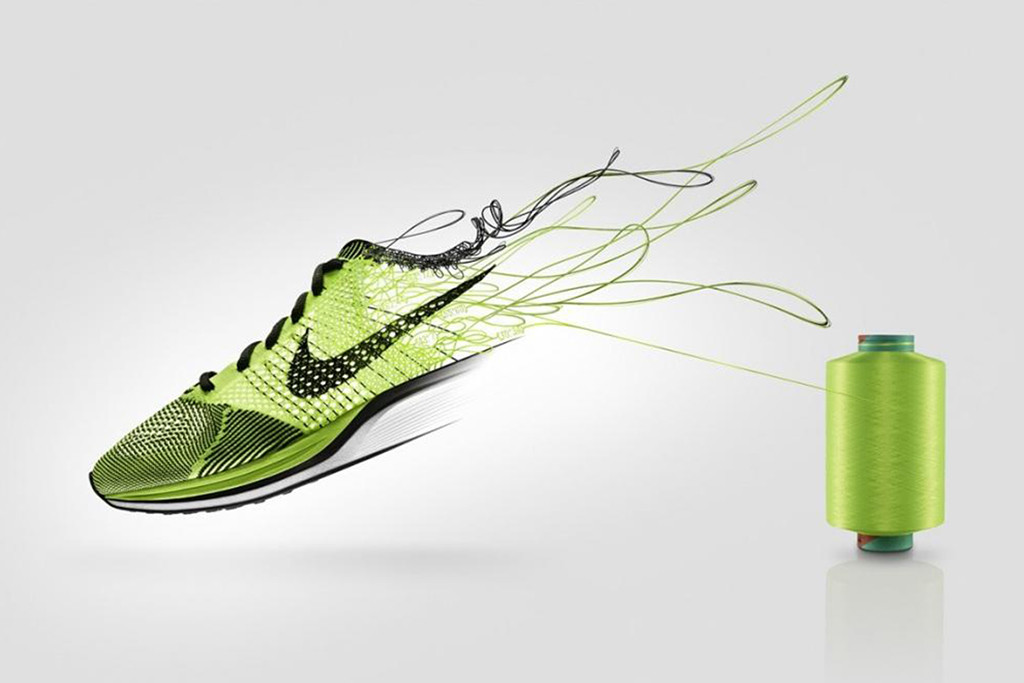The All-Time Greatest Olympic Sneaker Moments
From Jordan Brand to the PUMA Speedcat, all the most iconic creps have an origin story in the world of peak performance. The Olympic Games is the OG breeding ground for these, birthing iconic moments that thrust classic silhouettes into the limelight. While some of these historical moments were manufactured by brands, the best-of-the-best happened completely organically. From the 1968 systemic racism protest by Tommie Smith, to Steffi Graf winning the Golden Slam in the adidas Grand Slam, and even Nike’s ‘Neon Ambush’ – here are the most iconic Olympic sneaker moments!

1936 Olympics - Jesse Owens and his adidas
When Berlin was locked in as the host for the 1936 Olympic Games, Hitler, having come into power three years prior, saw it as the prime opportunity to thrust the spectacular 'comeback' of Germany from the first World War onto the global stage. He also saw it as a showcase of Aryan dominance; however, Jesse Owens, an African American athlete, had other plans, breaking several records and winning multiple gold medals. The ultimate insult to injury came with the fact that Owens had been approached early on in the Olympics by the Dassler brothers (who went on to be rivals, with one founding adidas and the other PUMA), who then kitted him out in their hand-made spikes. So, not only was Hitler furious that Owens had ruined his display of white supremacy on his home turf, but he’d also done it wearing German-made shoes.
1968 Olympics - Tommie Smith and the PUMA Suedes
One of the most iconic photos in Olympic history is Tommie Smith holding up the Black Power salute alongside John Carlos while on the 200-metre-sprint podium at the 1968 Mexico City Games. Smith made this historical protestagainst systemic racism in the USA while the American anthem played, and he did so while wearing PUMA Suedes. In with PUMA, Smith said, ‘If a person is on the right track, the track in front is already laid because all they have to do is follow what they already have in their mind to do. And that peace, justice, equality, and dignity certainly drives a person forward, especially our younger generation, like sitting here. It gives them an idea of: “oh, maybe I am on the right track”. But you had to continue that track. Don't jump off of somebody else's track because the train might be coming your way. Just keep doing what you're doing and think with a positive attitude’.
1972 Olympics - Steve Prefontaine and the Nike Waffle Trainer
Steve Prefontaine aka ‘Pre’ trained under Bill Bowerman at the University of Oregon and was the first-ever runner to be signed by Nike. He has been described by Swoosh co-founder, Phil Knight, as being the ‘soul of Nike’. As well as being signed as a runner, Pre was also named as the national director of public affairs, sending running shoes to up-and-comers around the globe. When Pre was just 21, he ran the 5000-metre at the 1972 Games, and even though he was pipped at the post and came 4th, he won the hearts of America and was a big driving force in the 1970s boom for jogging. He was of course wearing Nike, rocking Bowerman’s Waffle Trainer, and he was the first to wear the Bowerman-crafted tech on the world stage at the Olympics. Pre was determined to do better at the 1976 Olympics, and Bowerman had previously written that he was certain he’d become the world’s greatest long distance runner; however, Pre was tragically killed in a car accident in 1975 and never got to reach his full potential.
1988 Olympics - Steffi Graf and the adidas Grand Slam
Steffi Graf’s name is in the history books as the only person to ever achieve the prestigious Golden Slam title in one year. A Golden Slam is defined as winning the four major Grand Slam tournaments (Australian Open, French Open, Wimbledon and US Open) plus an Olympic Gold. Graf cinched the deal with her win at the 1988 Seoul Olympics, and fittingly rocked the adidas Grand Slam. This sneaker arrived on shelves in 1984 and boasted the iconic adidas three peg cushioning system, allowing wearers to adjust the shoe to their preferred level of cushioning.

1992 Olympics - Michael Jordan and the Air Jordan 7
Following the 1988 Olympics, the rules were changed to allow NBA players to compete for their home country. The following games in 1992 saw the United States come correct with a stacked line-up consisting of GOATs: Michael Jordan, Scottie Pippen, Magic Johnson, Larry Bird and Patrick Ewing, among others. This created what is known at the ‘Dream Team’, and for fans of basketball and sneakers, it doesn’t get much better than this 1992 line-up. During Jordan’s time with the Dream Team, the hall-of-famer rocked the Air Jordan 7 in the iconic ‘Olympic’ colourway, which has been resurrected a number of times since. During the Barcelona Olympics, the Dream Team won all eight games, making for a megalithic streak and writing themselves into the history books as one of the best teams in basketball history, taking the AJ7 ‘Olympic’ with them.

1996 Olympics - Michael Johnson Gold Nike Spikes
Gold shoes have always had a history in sport, but for an athlete to rock metallic gold, they have to be pretty darn good! That was the case for the 1996 Olympics, when US sprinter Michael Johnson became the first man to win both the 200-metre and 400-metre sprints. He did this while rocking gold track spikes that were designed by Nike legend Tobie Hatfield. At the time, these spikes were at the peak of sneaker technology and were made using Zytel and weighed around 85 grams. Interestingly, as they were made especially for Johnson, the right foot is sized 10.5, while the left is 11.

2000 Olympics - Air Jordan 6 ‘Olympic’
For sneakerheads, one of the most iconic Olympic-themed sneakers of all time is the Air Jordan 6 ‘Olympic’. This is mostly due to it's modern cultural cache as a must-have for any Jordan Brand collector. Coming through in 2000, it was past Michael Jordan’s prime, so Team USA kitted out Ray Allen and Vin Baker in the iteration. Since that initial sighting in Y2K, the ‘Olympic’ has arrived a handful of times, including the upcoming 2024 iteration that harks back to the OG colour-blocking.
2008 Olympics - Usain Bolt and the PUMA Complete Theseus II
Back in 2007, Usain Bolt was crowned the fastest man in the world, breaking the world record for the 100-metre sprint. He then went into the Beijing Olympic Games ready to dominate, with high-expectations from viewers from across the globe. He didn’t disappoint, winning the 100-metre sprint, 200-metre and 4x100-metre sprint relay. His legendary triple gold medal was achieved wearing the gold-adorned PUMA Complete Theseus II.

2008 Olympics - Team USA and the Hyperdunk
After USA’s original two Dream Teams remained undefeated and secured gold at the 2000 Sydney games, it was thought that they would be impenetrable and undefeated until the end of time. That was until 2004 when they secured bronze after being defeated by Argentina. Fast forward to the 2008 Olympic Games in Beijing, and the Kobe Bryant-led Team USA are on a mission to take back their title. At the same time, Nike were looking to debut their Flywire and Lunar tech, which came together in the legendary Hyperdunk. While not a signature shoe, Bryant donned the game-changing basketball sneaker, and the team secured the gold, earning themselves the moniker the ‘Redeem Team’.

2008 Olympics - Niche Sport Nike
For the Beijing Olympics in 2008, Nike went radically different in their footwear offering. Team Swoosh went niche AF, coming up with equestrian boots, taekwondo and gymnastic gear. This wasn’t necessarily an iconic moment in Olympic history per se and wasn’t attached to a singular athlete; however, this was a memorable moment for sneakerheads around the globe, who celebrated Nike going against the grain. The best sneaker of the bunch was by far the Nike Ippeas made for equestrians. Then there was the Nike TKV crafted for taekwondo, Synetairos made for windsurfing, Grigoros for kayaking and Pidima made for gymnasts. Looking ultra-clean, with an epic name to match, was the Nike Shaolinquan for the Chinese Wushu sport. Finally, there was the Nike Ballestra, crafted for fencing, which gave off a signature TN8 vibe.

2012 Olympics - Team Swoosh's Neon Ambush
Nike made a statement at the 2012 Olympic games through their use of their iconic ‘Volt’ tones, which some have dubbed the . The man behind the idea was Martin Lotti, who decided to kit out their athletes for the Games in their latest Technology – Flyknit. The Flyknit Racer and Trainer were seen on the feet of the biggest gold-winning athletes like Michael Phelps (although not while competing, obviously) and Serena Williams. This paved the way for Nike Flyknit to take over the sneakersphere in the years following.